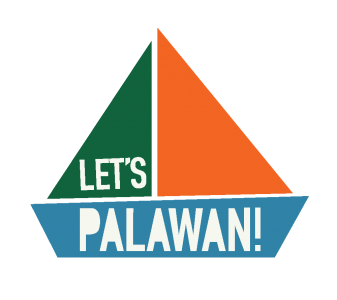History and Culture
Palawan’s textured history can be traced back over millions of years. Bone fragments, the skull cap remains and tools of the Tabon Man – one of the oldest remnants of human inhabitants found in the Philippines at 22,000 years old – were discovered in the Tabon Caves in Quezon, Palawan in 1962. It is believed that these cave dwellers came from Borneo. Further exploration of the caves revealed burial jars, jade ornaments, animal bones and human fossils indicating habitation as far back as 47,000 years ago. Geological studies have also revealed limestone formations on the islands date back 25 million years.
The area known as Palawan province today is a rich tapestry, a colourful fusion of its eventful past. A steady stream of international settlers from the surrounding areas of Borneo, Malaysia and China from as far back as 982 AD provided ancient Palawan with trading partners, political and religious structures and opportunities for intermarriage. The Spanish Conquistadors made their presence felt from the 1500s through to the revolution of 1898, following which a civil government was established by the Americans. During World War II, Palawan was the site of a prisoner of war massacre by the Japanese occupying forces, shortly before the arrival of advancing Allies in December 1944. The area was liberated by Filipino and American military personnel between February and April, 1945 and has since been self-governing part of the Republic of the Philippines.
But what’s in a name? The origin of the name ‘Palawan’ too has a contested genealogy. Some argue it arises from the Chinese pa lao yu meaning ‘Land of the Beautiful Harbours’. Others maintain that it was derived from a plant locally known as palwa. But the popular belief – with perhaps the greatest credence – is that Palawan owes a debt to the Spanish word paragua as the central island’s shape resembles that of a closed umbrella.
